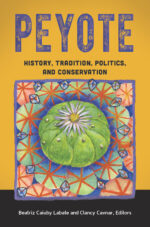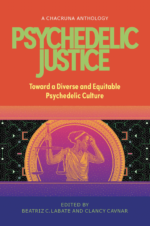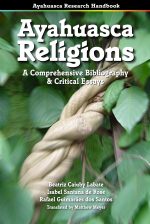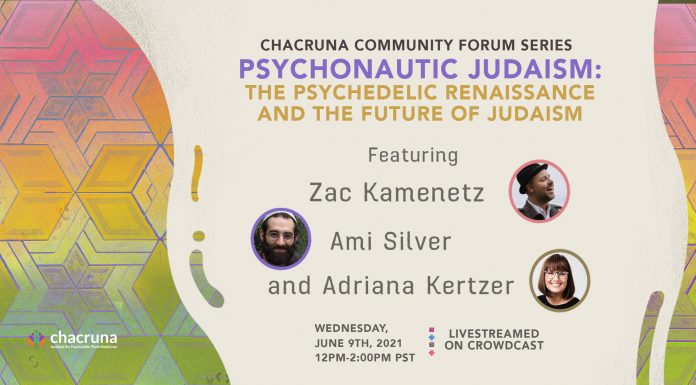- After 2024, the Scenario for Psychedelic Therapies Can Only Improve - January 16, 2025
- Symposium in Brazil Debates Psychedelics at a Political Crossroads - December 13, 2024
- Conference in Rio Defends Psychedelics in Public Health - December 11, 2024
Obstacles in the way of innovation for psychotherapies involves Brazilian regulatory agency Anvisa
Half a thousand people crowded into the three rooms of the Institute of Psychiatry of the Federal University of Rio de Janeiro (IPUB-UFRJ) November 8 and 9 for the II Brazilian Congress on Psychedelics, a meeting of the Brazilian Psychedelic Association (APB) sponsored by the country’s Federal Council of Psychology.
The event’s motto was “Integration, Access and Regulation.” “Access” was at the center of these debates, exemplified by the expression “psychedelics in the SUS,” which was likely the most repeated statement over the two days of the conference.SUS is the Portuguese acronym for Unified Health System, the universal service maintained by the Brazilian government.
The event’s motto was “Integration, Access and Regulation.”
In reality, psychedelics such as ayahuasca (daime), psilocybin (mushrooms), MDMA (ecstasy), and 5-MeO-DMT (bufo) are in one way or another already present in SUS, though not as a treatment, since they remain prohibited, but brought about by patients that recurred to the substances on their own (one notable exception is ketamine, a dissociative anesthetic already regulated as an antidepressant that some local public services prescribe for depression).
These compounds are generally ingested during religious and shamanic ceremonies, or at nightclubs and other settings that do not offer the necessary safety and support. If it were done in the SUS, trained professionals would be needed to supervise sessions and provide integration.
But how can we train them to administer drugs that are not yet regulated?, asked psychologist Paula Siqueira. “My dream? It is not psychedelics in the SUS, but anti-racism in Brazil,” she pondered. “[Psychedelics are] a tool to treat symptoms,” which leaves the roots of suffering untouched.
Psychiatrist Luís Fernando Tófoli, from the São Paulo State at Campinas (UNICAMP), extended Siqueira’s criticism of the biomedical model for privileging individual therapeutic integration and underestimating the role of communities, as occurs in the traditional use of ayahuasca, mushrooms and peyote in Latin America, long before Western medicine began considering them. “Why not engage in a process with the collective?”

Shop our Collection of Psychedelic T-Shirts
Consciousness altering substances present themselves at local mental health facilities named CAPS (Portuguese acronym for Psychosocial Clinic Centers) and outpatient clinics less for their healing potential and more because of the helplessness of users. Many of them are left struggling with the difficulty of integrating psychedelic experiences into a therapeutic process on their own.
It is not uncommon for people to trust (neo)shamans or Santo Daime padrinhos who are unprepared to help them make sense of the visions and traumas that surface under the influence of ayahuasca, for instance. Several reports of this type came from psychologists and psychiatrists in the audience, mostly women professionals in panels at the conference.
For these and other reasons, Fernando Beserra, from APB, pointed out that the issue of psychedelics is political, not just pertaining to clinical research. Biomedicine risks paving the way for expensive treatments, accessible only to the elite, he says. “We are voices of resistance, we want to guarantee the rights of people who use drugs.”
In fact, the options available for treating people with mental disorders, including addiction, are prohibitive. Treatments with ibogaine, derived from an African plant that Anvisa allows to be imported on a case-by-case basis, can be obtained in clinics in São Paulo, for example, for a few thousand reais.
Bruno Rasmussen Chaves, MD has already administered ibogaine to more than 2,000 people in Ourinhos (small town in the State of São Paulo), including a 24-hour hospitalization to monitor cardiac side effects. “It could be done in a CAPS3”, lamented Bruno Gomes, a psychologist who accompanies the Chaves’ patients, referring to psychosocial care centers specialized in mental health more serious cases.
Research groups are looking for alternatives to facilitate the introduction of psychedelics into clinical practice. One of the most advanced is the Brain Institute of the Federal University of Rio Grande do Norte (ICe-UFRN), led by Dráulio de Araújo, Nicole Galvão-Coelho and Fernanda Palhano-Fontes, famous for a pioneering double-blind, placebo-controlled 2019 study on ayahuasca for depression.
Research groups are looking for alternatives to facilitate the introduction of psychedelics into clinical practice.
They are now working with DMT that is inhaled with the help of a vaporizer. The effect lasts no more than 15 minutes, which means that the patient would not need to be monitored for several hours, like the four or six hours of an ayahuasca session. They have already completed phase 2a (without placebo) and are now planning phase 2b (with placebo).
“Accessibility led us to move from ayahuasca to DMT,” said Palhano-Fontes. She and Galvão-Coelho are among the 15 recipients of the Capes Elsevier Women in Science Award for their impact on Brazilian research.
Another alternative is being considered by Tiago Sanchez, from IPUB-UFRJ, who is studying the inhalation route with low doses of 5-MeO-DMT, originally obtained from the venom of the Colorado river toad (Bufo alvarius, or Incilius alvarius). But this group is still in planning a phase 1 trial to test safety and tolerability with healthy volunteers.
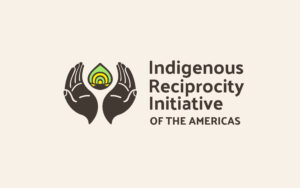
Discover the Indigenous Reciprocity Initiative of the Americas
The reality check came with Clarice Pires, from the Brazilian psychedelic startup Scirama. The economist pointed out that, in order to be introduced in the SUS, psychedelics would need to go through clinical trials with regulatory purposes to be submitted to Anvisa. The drug regulatory agency needs to approve each phase of the study, which requires “a truckload of money and at least eight years.”
For a trial with psilocybin for depression, Scirama has established partnerships with a Canadian company, which will donate the drug, and with academic institutions in Rio such as UFRJ, PUC and IDOR. Half the money will come from the Brazilian government through Embrapii, a federally owned company that supports innovation, and the other half from private investors in Brazil and Europe.
“Ancestral innovation,” someone said, alluding to the ancient communal use of some of these substances. In fact, it would be very innovative to “move forth the imaginary of prohibitionism that persists in an essentially prohibitionist country,” as psychiatrist Pedro Gabriel Delgado, director of the Institute of Psychiatry and host of the event, said at the opening.
Art by Raphael Egel/@liveenlightenment
Note: This story appeared originally in Portuguese in the blog Virada Psicodélica published by the newspaper Folha de S.Paulo here.
Disclaimer: The views expressed here are by Leite, and not Chacruna. Leite sits on the advisory board of Chacruna.
Take a minute to browse our stock:
Did you enjoy reading this article?
Please support Chacruna's work by donating to us. We are an independent organization and we offer free education and advocacy for psychedelic plant medicines. We are a team of dedicated volunteers!
Can you help Chacruna advance cultural understanding around these substances?



